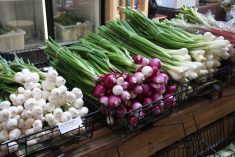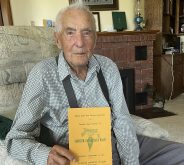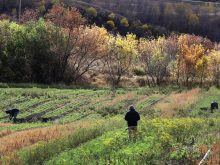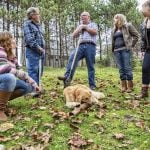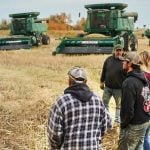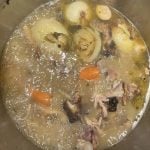WHITE FOX, Sask. – The road stops eight kilometres after the Watson
farm, the asphalt buried under water 40 years ago when a Saskatchewan
dam enlarged a lake.
“We’re at the end of world,” jokes Heather Watson from her farm on the
forest’s edge in the province’s northeast. Her husband Les bought the
farm 25 years ago to be close to his parents who farm nearby.
Like most in the district, Les and Heather have a mixed farm.
“It works to have cattle and grain,” Les said.
Read Also
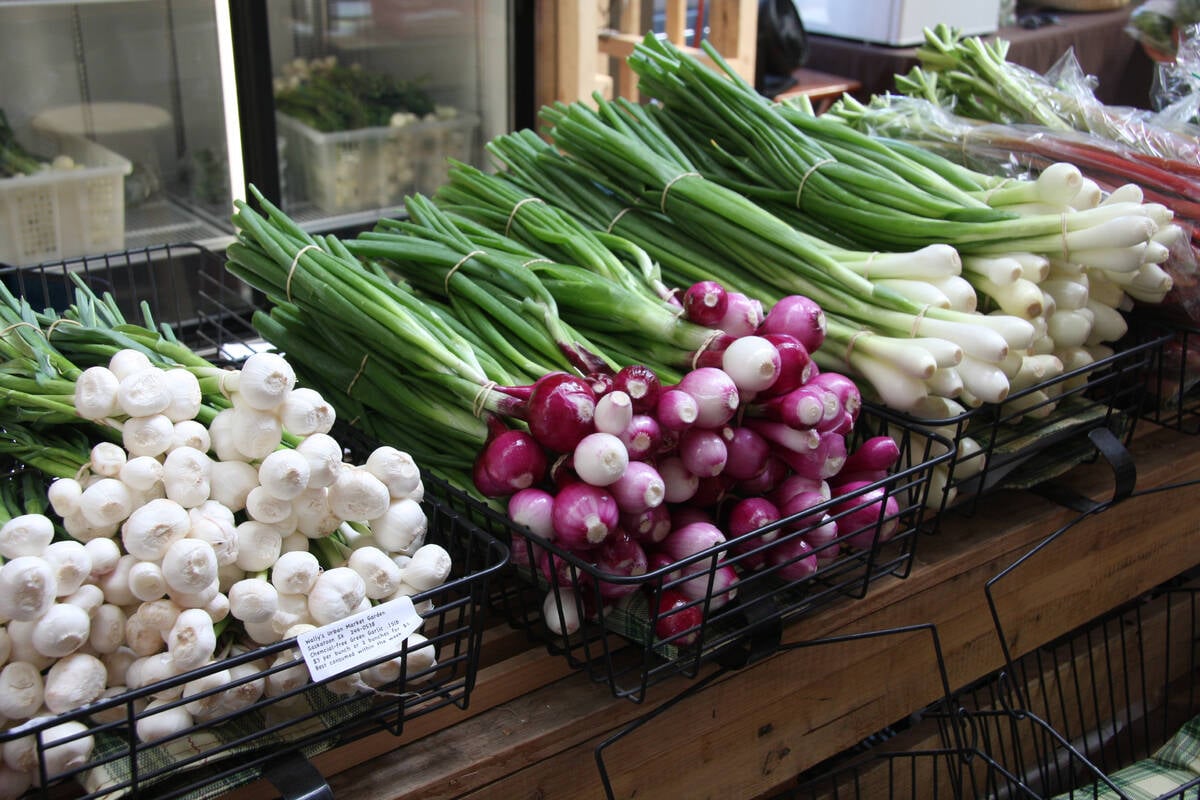
Starting a small business comes with legal considerations
This article sets out some of the legal considerations to start a business to sell home-grown product, such as vegetables, herbs, fruit or honey.
By mid-March, three-quarters of their 90 cows were done calving and
this year they got four sets of twins. The purebred Herefords in their
herd are artificially inseminated, while their two or three bulls breed
the rest. Les uses both rotational grazing and straight grazing on
their six quarters.
This area usually has sufficient rain, but not last year. Their dugout
dried up and they had to haul water for the cattle. There is snow on
the ground this winter, but “it’s just powder below that.”
Dry conditions and low grain prices are the reasons Les is not going to
grow his usual wheat and canola. This spring he will plant oats and
barley and turn it into feed for the cattle. He keeps a large covered
pile of silage near the hay bales on the other side of the trees from
the farmyard.
The parkland area around here is like stepping back to a happier past.
Most of the farm houses are occupied.
There are younger people farming here – the local school in White Fox
has kept up its 200 pupil enrolment, the same number as when Les
attended, about 35 years ago.
And most of the farmers’ wives work off the farm, Heather said. She has
been a nurse while Les farmed. She cut her hours when their three
daughters were younger, but now has full-time shifts at a nursing home
a 20-minute drive away.
She grew up on a mixed farm in the Nipawin area and understands how
driving comes with the farm life. She has hit the ditch a couple of
times, but has had no major vehicle problems. Cell phones have reduced
the anxiety when Les does the field work or Heather is driving through
a blizzard.
Heather leaves the calving to Les, saying “I’m just as happy if he does
it.”
The feeder animals are sold in Prince Albert or Tisdale markets.
Slaughter cattle are sent to a Moose Jaw plant in a hired truck.
While the Watsons do a little camping, summers are mainly spent on the
show circuit. Heather said she goes along to cook meals and read. Les
and his daughters show the cattle at five local fairs, and are active
with 4-H.
Les and Heather exchange rueful glances when asked how much time 4-H
takes up. As a volunteer leader, Les is on the phone almost every
evening, and is hosting the district 4-H charity steer project. Events
at local, district and regional levels also need to be organized.
Their two eldest girls are away from home, one working in Calgary and
the other studying in Kansas on a 4-H judging scholarship. The 12 year
old is the likeliest to want to farm, her parents said.
The Watsons are close to their land. Les’s brother came back to farm
near his parents and brother after working in Alberta’s oil patch.
Heather owns a quarter section near Nipawin that was homesteaded by her
family in 1917. They rent it out, but plan to hold it as a family
heirloom.
But young people are leaving this farming area, too.
“It’s a cycle,” Heather said.
“When I came out of (nurses) training 26 years ago, there was a
shortage then. It’s like farming. In the 1970s it was good.”
While Heather is already looking forward to retiring to spend more time
at home, Les said he hasn’t “got a countdown.”


